Relative clause production abilities of children with ASD compared to children with TD (Hebrew)
In the present study, we examined the syntax abilities of Hebrew-speaking children with ASD using relative clauses and whether their errors are due to ASD characteristics or language impairment. The first research question dealt with the production of relative clauses in children with ASD relative to their chronological age or the corresponding age of children with normal development. The second research question examined the relationship between affinity relative clauses production abilities and background characteristics of NVIQ (Nonverbal IQ) and age.
The study included 51 children with ASD and normal cognitive abilities (NVIQ over 75), ages 3.1-14.9 (M=7.81, SD=3.71), and 60 normally developed children aged 3.3-14.11 (M=7.43, SD=3.29). Participants were tested on a definition task, nonverbal cognitive, semantic, and pragmatic abilities. The data were analyzed using bidirectional variance analysis and Pearson analyses, and some of them were qualitatively analyzed due to a lack of data.
The results showed no significant differences in sentence production performance between the study groups (ASD/TD) of different ages. Different correlation and trend patterns were found between the research groups, indicating possible associations. Between the ages of 11 and 14, significant associations were found between the background tests (Sun, Raven, CCC), and syntactic performance in the TD group, but not in the ASD group. In the younger age groups, a qualitative analysis was performed that showed trends of possible association between vocabulary and nonverbal cognitive ability and syntactic production ability.
The implications of the study are that children with ASD do not show significant differences in syntactic abilities compared to children with TD. It is necessary to examine whether this is due to treatments or other abilities that compensate for the difficulties of children with ASD.
Last Updated Date : 24/02/2025



